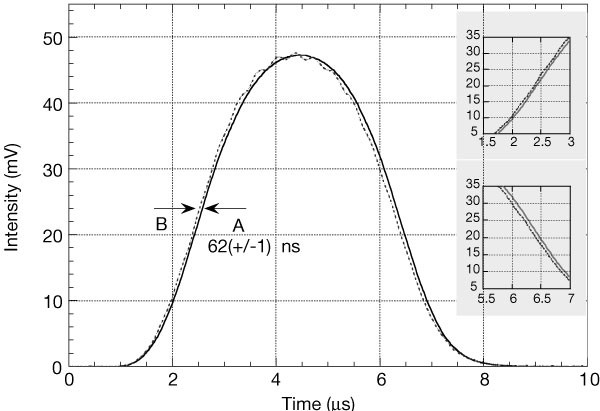

Written in part to supplyĮarlier references overlooked by Chodos et al. D.Theories with Neutrino Speed Greater Than Light SpeedĪ comment on fermionic tachyons and Poincaré representationsĪre muon neutrinos faster-than-light particles? Jeong et al., “Direct observation of optical precursors in a region of anomalous dispersion”, Phys. Stenner et al., “Fast causal information transmission in a medium with a slow group velocity”, Phys. Bigelow et al., “Superluminal and slow-light propagation in a room temperature solid”, Science 301, 200-202 (2003), doi:10.1126/science.1084429 Stenner et al., “The speed of information in a ‘fast-light’ optical medium”, Nature 425, 695 (2003), doi:10.1038/nature02016 Mugnai et al., “Observation of superluminal behaviors in wave propagation”, Phys. Chiao, “Dispersionless, highly superluminal propagation in a medium with a gain doublet”, Phys. Wong, “Linear pulse propagation in an absorbing medium”, Phys. McCumber, “Propagation of a gaussian light pulse through an anomalous dispersion medium”, Phys. Sommerfeld, “Ein Einwand gegen die Relativtheorie der Elektrodynamik und seine Beseitigung”, Phys.

Such theories exist already, but so far there is no convincing evidence that could support the withdrawal of relativity in the favor of an alternative theory.Ī. Einstein's theory of relativity, will have to be revised or replaced with newer theories, possibly even allowing for superluminal propagation. Of course, it is conceivable that the currently accepted physical theories, e.g. Ī so-called precursor is traveling with that speed, but is normally too weak to be detected, except under very special circumstances. Therefore, a different kind of signal must be considered, where no information at all is sent out before a certain moment of time.įor such signals, it can be proven that the earliest time at which that switching event can be observed is limited exactly by propagation with the vacuum velocity c. įor example, a Gaussian-shaped pulse can be detected long before its peak due to the rise of intensity at earlier times. However, the error lies in identifying the peak of the pulse with the temporal position of the carried information. Group velocities larger than c then appear to lead to superluminal transmission and can occur e.g. The information then appears to propagate with the group velocity, i.e.

Two relatively simple examples of apparently (but not really) non-causal transmission are given here: However, careful inspection of the accepted physical theories (in particular, of Maxwell's theory of electromagnetism, Einstein's theory of relativity, and quantum electrodynamics) shows that these definitely do not allow any non-causal effects.Īny attempt to demonstrate such effects on the basis of these theories must fail for logical reasons and is thus based on fundamental misconceptions, although the flaw may not always be easy to identify. Under certain circumstances, light can propagate with a phase velocity or group velocity greater than c, the vacuum velocity of light.Īt a first glance, this may suggest the possibility of superluminal transmission of information – in striking contradiction with Einstein's theory of relativity, which shows that superluminal transmission would be associated with a violation of causality, one of the most fundamental principles of physics.
Gain assisted superluminal light propagation how to#
How to cite the article suggest additional literature German: Übertragung mit ÜberlichtgeschwindigkeitĬategories: general optics, physical foundations Encyclopedia > letter S > superluminal transmission Superluminal Transmissionĭefinition: transport of some quantity with a velocity exceeding that of light in vacuum


 0 kommentar(er)
0 kommentar(er)
